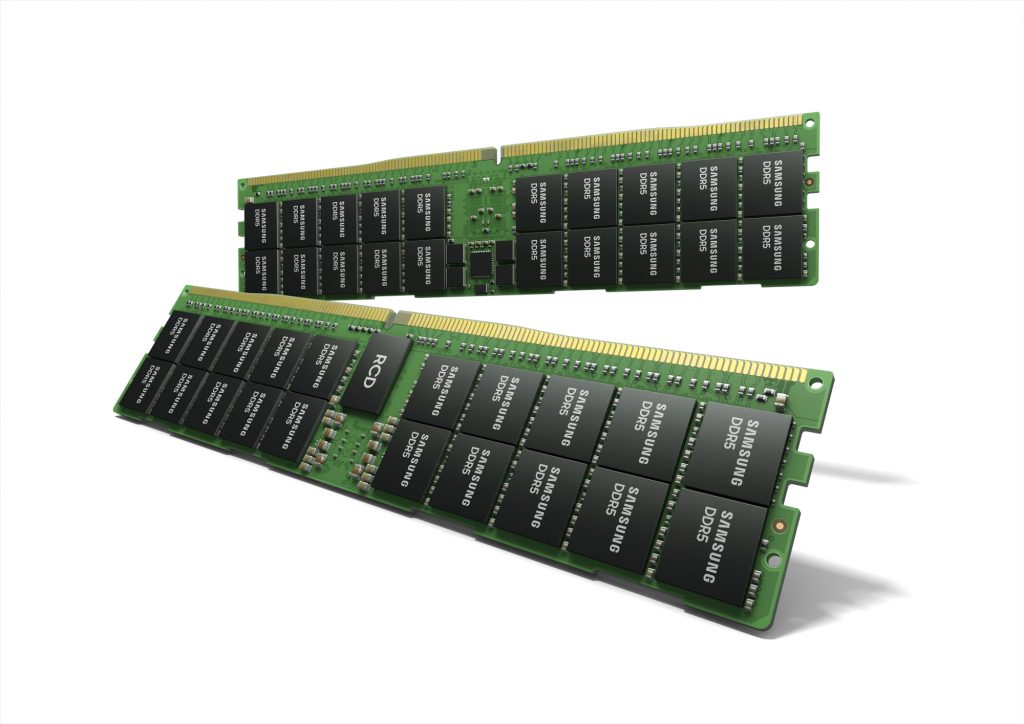The DDR5-era is closer than ever. It has been noticed that the next beta release of HWiNFO will receive support for Intel XMP 3.0, the memory profile tool for DDR5 that allows users to overclock the memory modules more conveniently.
The first DDR5 modules have already released, but there's no still platform supporting it. The first to do it should be Intel Alder Lake, scheduled to launch later this year, while AMD is expected to release a DDDR5-ready platform next year.
While we wait for Intel Alder Lake, HWiNFO will receive support for Intel XMP 3.0 in an upcoming beta version. Like Intel XMP 2.0, the 3.0 version will allow users to overclock their memory modules above the standards set by JEDEC, which range from DDR5-4800 to DDR5-6400.
It's still not clear how much users will be able to overclock their DDR5 memory modules using XMP 3.0, but something like DDR5-7200 and DDR5-8400 seems reasonable. In the future, we should see higher speeds, as Adata promised from its modules which are expected to reach up to 12,600MHz.
Other changes coming in future versions of HWiNFO are listed below:
- Added LHR variants of NVIDIA GeForce RTX 3080, 3070 and 3060 Ti.
- Fixed reporting of memory clock and some other parameters on Rocket Lake 6c/4c.
- Enhanced early support of some Zen4-based systems.
- Added workaround for systems with stuck SMBus causing large delays.
- Added VRM monitoring on ASRock Z590 Extreme, Z590 Phantom Gaming 4, H570 Phantom Gaming 4, H570 Steel Legend, B550 Extreme4, B550 PG Velocita.
- Added several NVIDIA GeForce RTX 3070 Ti and 3080 Ti card models.
- Download pre-release: v7.05, Build 4490
- Enhanced sensor monitoring on GIGABYTE X570S series.
- Added option to use RFC 3339 or ISO 8601 date formats for sensor logging.
- Added per-core temperature monitoring for AMD Zen CPUs.
KitGuru says: Overclocking DDR5 through XMP profiles up to 8400MHz should already offer a significant performance boost over the top DDR4 modules. However, the full potential of DDR5 will be unlocked through manual overclocking, as you can see by previous DDR memory records.
 KitGuru KitGuru.net – Tech News | Hardware News | Hardware Reviews | IOS | Mobile | Gaming | Graphics Cards
KitGuru KitGuru.net – Tech News | Hardware News | Hardware Reviews | IOS | Mobile | Gaming | Graphics Cards



